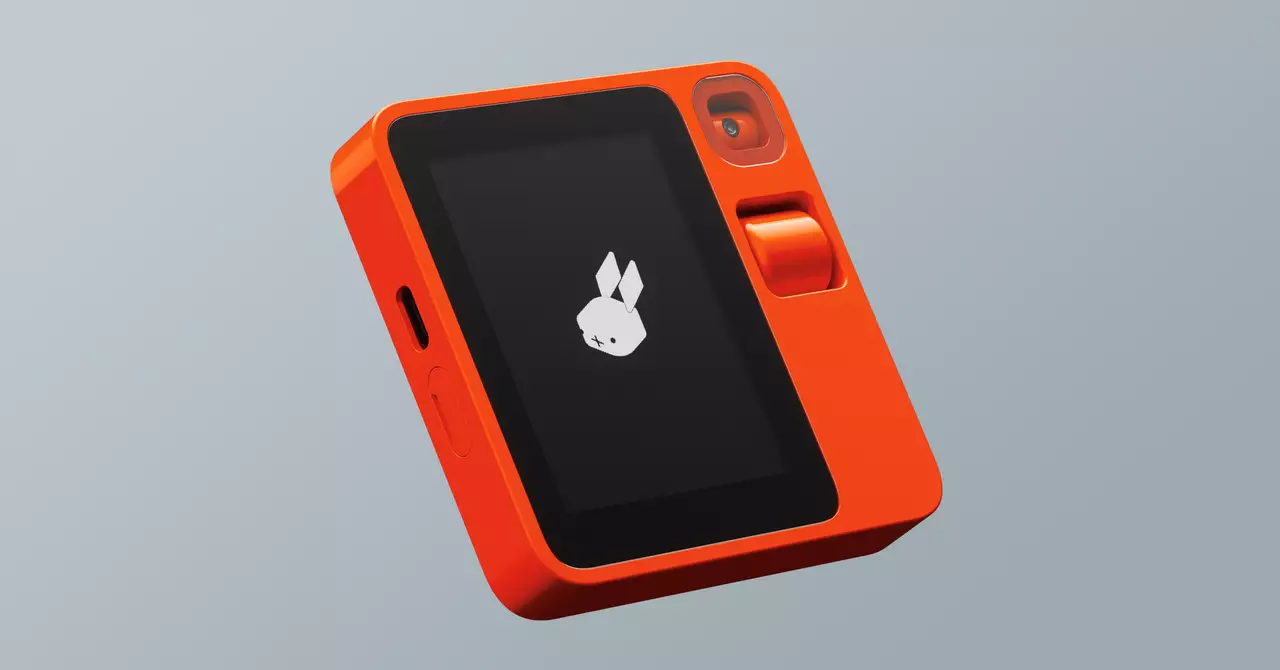Rabbit R1’s Teach Mode is one of the standout features of this innovative device. It allows users to train the R1 to complete tasks by simply pointing its camera at a computer screen. The idea is that after learning how to perform a task, the R1 can then execute it, saving the user time and effort. However, it’s important to note that this feature is not yet available to the general public. Rabbit has stated that it will start with a small group of users to beta test it before rolling it out widely.
At CES, it was demonstrated that the Rabbit R1 would be able to access multiple third-party apps, making it a potential replacement for traditional smartphone apps. However, at this point in time, the R1 only supports four services: Uber, DoorDash, Midjourney, and Spotify. Users connect to these services through the Rabbit Hole web portal, essentially logging into them via a virtual machine hosted by Rabbit. This raises concerns about security and privacy since users are required to provide their credentials to Rabbit.
Rabbit’s Ambitious Vision
Rabbit’s ultimate goal with the R1 seems to be to eliminate the need for traditional apps altogether. Instead of navigating through various icons on a smartphone, users can simply ask the R1 to handle tasks for them. This vision aligns with the concept of speaking and then computing, where the device is able to understand natural language commands without the need for specific keywords. While this concept is still far from being fully realized, Rabbit has hinted at future developments, including integrations with Amazon Music and Apple Music, along with additional third-party services like Airbnb, Lyft, and OpenTable.
One of the intriguing prospects mentioned by Rabbit is the development of a wearable device that can interpret gestures and commands without the need for explicit verbal instructions. For example, the wearable could understand a user pointing at a Nest thermostat and requesting a change in temperature without having to mention the device or the specific command. This hints at a future where technology seamlessly integrates into our daily lives, responding to our needs effortlessly.
Rabbit OS and Generative User Interfaces
Rabbit has also alluded to the development of an AI-native desktop operating system called Rabbit OS, which would prioritize voice assistant features. This concept brings to mind the operating system depicted in the movie “Her,” where the protagonist interacts with an AI assistant. Additionally, Rabbit envisions generative user interfaces that allow users to customize their interface layout and design, placing buttons wherever they prefer. While these ideas sound promising, the lack of concrete details leaves much room for speculation about their actual implementation.


Leave a Reply
You must be logged in to post a comment.